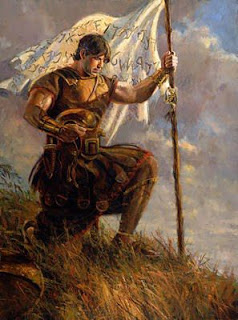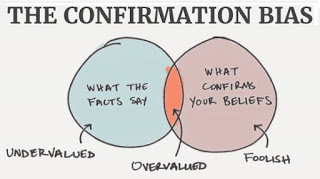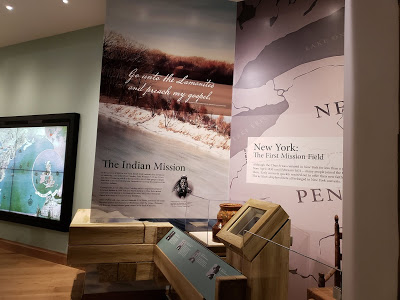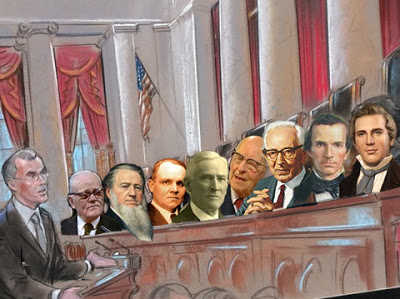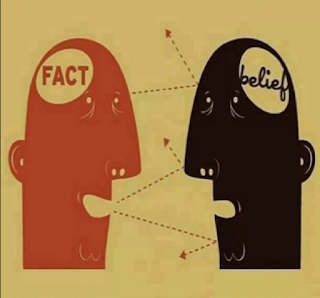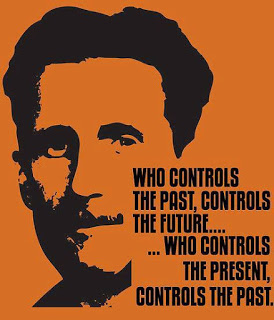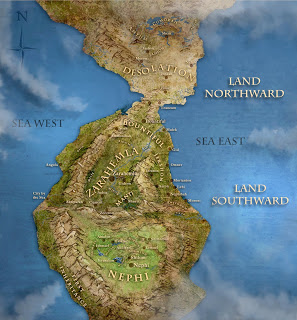M2C intellectuals need you to disbelieve the prophets
Everything they write and say about the topic assumes the prophets are wrong.
This includes BYU/CES teachers who teach the Book of Mormon itself.
The M2C intellectuals and their followers don’t care what the text of the Book of Mormon says. They are focused on their interpretation of the text instead.
They will express all kinds of reasons why their Mesoamerican/two-Cumorahs theory is correct, but their whole theory is confirmation bias and circular reasoning; i.e., because there are volcanoes in Mesoamerica, they claim the Nephites lived among volcanoes, even though no volcanoes are mentioned in the text.
It’s the same with their circular reasoning about population sizes (they claim millions of Nephites because there were millions of Mayans), “cement cities” because the Mayans had big cities built of stone and cement (even though the text refers to buildings made of wood and cement, and then only as an exception to the normal use of wood to build buildings), and all the other tired arguments.
The last thing the M2C scholars want you to believe is what the prophets have taught about Cumorah in New York.
Source: Book of Mormon Wars
